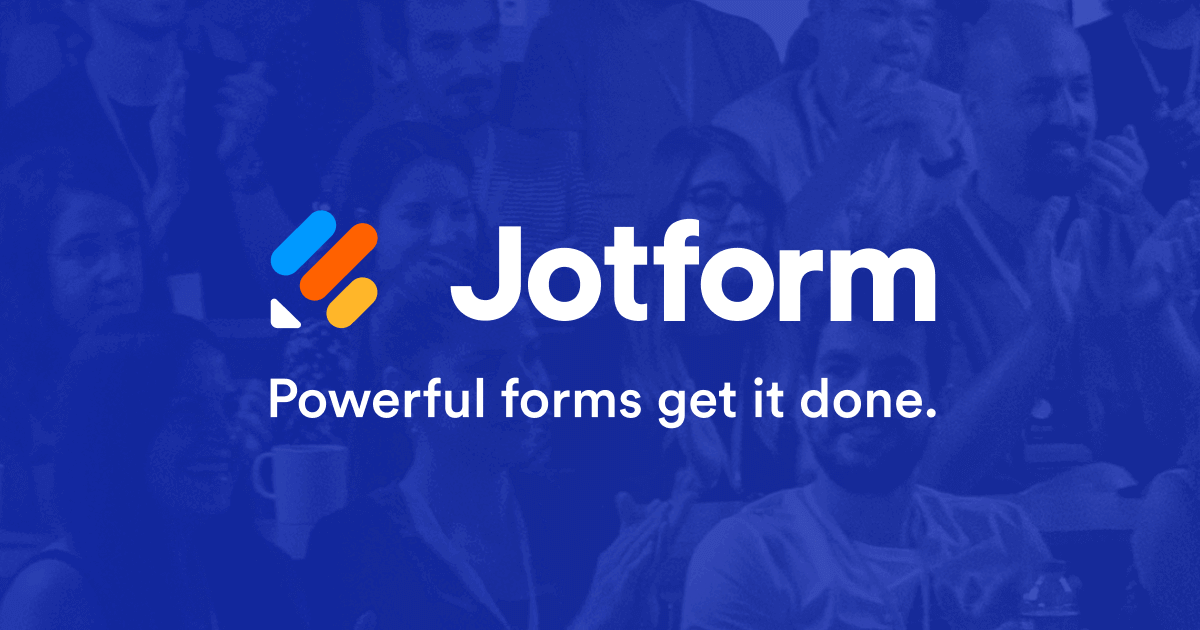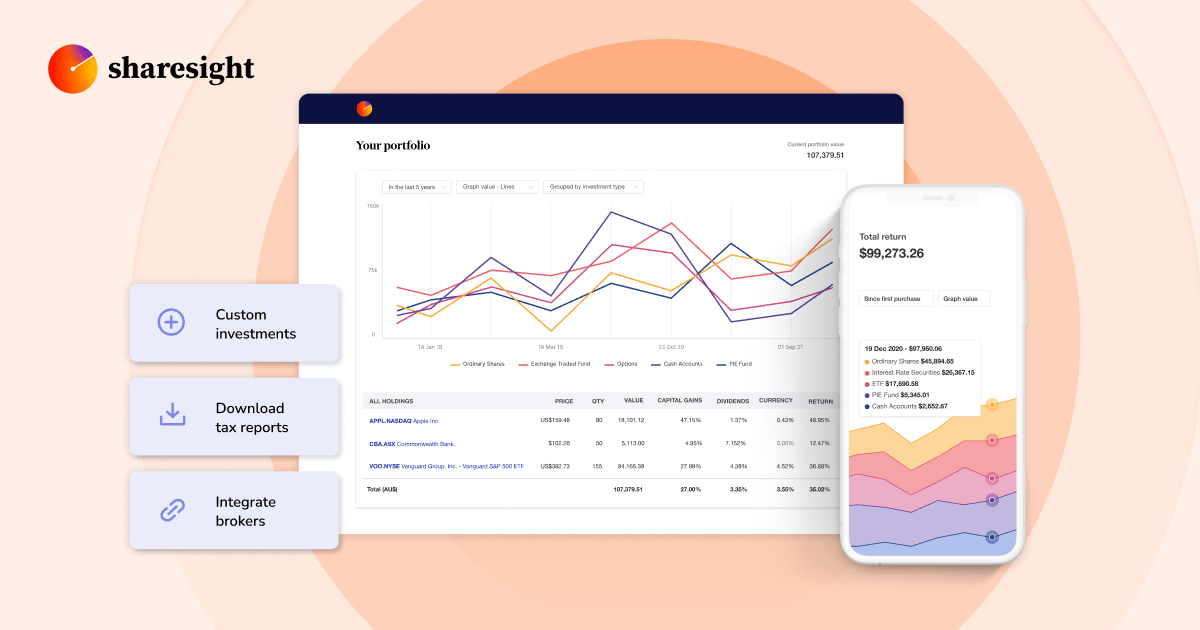
- Synthetic basic intelligence (AGI) goals to carry out mental duties like a human throughout varied domains.
- Present AI is categorized into slim AI, basic AI, and superintelligent AI, with slim AI being essentially the most prevalent right this moment.
- Synthetic basic intelligence (AGI) goals to carry out mental duties like a human throughout varied domains.
- Present AI is categorized into slim AI, basic AI, and superintelligent AI, with slim AI being essentially the most prevalent right this moment.
- AGI’s growth faces important technical and moral challenges, together with the necessity for common sense reasoning and alignment with human values.
- Whereas present AI has made substantial strides, true AGI stays a theoretical objective that requires additional breakthroughs.
- The emergence of AGI might reshape industries and societal buildings, necessitating cautious consideration of its implications.
The excellence between synthetic intelligence (AI) and synthetic basic intelligence (AGI) is essential as AI is broadly utilized for particular duties, whereas AGI goals to copy human-like intelligence throughout varied domains. AGI’s potential to revolutionize how we work together with expertise poses each alternatives and challenges. Whereas developments in AI proceed to advance, the belief of AGI stays a posh and theoretical ambition.
AGI aspires to be taught and adapt like a human, not like right this moment’s AI, which excels solely in slim, predefined duties. This distinction highlights the necessity for breakthroughs in expertise and understanding of cognition to maneuver in direction of AGI. The implications of AGI’s growth might have huge results on industries and moral frameworks.
Synthetic intelligence (AI) is reworking varied facets of life, however synthetic basic intelligence (AGI) represents a major leap past present capabilities. AGI refers to a theoretical system able to performing any mental job {that a} human can, adapting and studying throughout a number of domains with out the necessity for reprogramming. This contrasts with slim AI, which is optimized for particular duties like picture recognition or fraud detection, and highlights the potential of AGI to interact in advanced problem-solving and human-like reasoning.
The excellence between AI and AGI is important, because it underpins the way forward for human-machine collaboration. AGI’s adaptability and studying skills might result in unprecedented developments in fields starting from healthcare to schooling, providing customized options and insights that conventional AI can’t present. Nevertheless, the journey to AGI is fraught with challenges, together with technical hurdles similar to creating algorithms that may generalize data and moral concerns relating to alignment with human values.
The present state of AI showcases spectacular capabilities, similar to superior language fashions that may translate and generate coherent textual content. But, these programs typically wrestle with duties exterior their specialised coaching. As researchers proceed to discover the feasibility of AGI, they face important technical boundaries, together with the necessity for common sense reasoning and real-time studying.
Furthermore, the event of AGI raises crucial moral and security considerations. The potential for job displacement, the misuse of AGI applied sciences, and the need for regulatory frameworks to make sure accountable growth are all pivotal discussions within the ongoing dialogue about AGI’s future.
In the end, the emergence of AGI might profoundly affect society, reshaping industries and difficult current moral frameworks. Participating in knowledgeable discussions about its implications shall be very important as we navigate the advanced panorama of AI and its potential to redefine our relationship with expertise.
Generated with ChatGPT
Synthetic intelligence (AI) is in all places, shaping how we work and work together with expertise within the type of the whole lot from voice assistants to advice engines. However what about synthetic basic intelligence (AGI)? Usually known as “robust AI,” AGI represents a system that may assume, be taught, and adapt like a human — dealing with a broad vary of duties quite than excelling at only one.
Why does this distinction matter? As a result of whereas AI is already reworking industries, AGI might redefine human-machine collaboration on a wholly completely different scale.
What’s synthetic intelligence?
AI is expertise that mimics human intelligence to carry out duties like speech recognition, decision-making, and sample detection. It falls into three fundamental classes:
- Slim AI: This sort of AI is designed for particular duties, similar to chatbots, spam filters, and facial recognition. It’s the AI that the majority companies and customers work together with right this moment.
- Common AI: This can be a theoretical stage the place AI might assume and motive like a human throughout a number of domains.
- Superintelligent AI: This can be a hypothetical future the place AI surpasses human intelligence.
At present, most AI purposes — from search engines like google to predictive textual content — depend on machine studying and deep studying. Machine studying algorithms analyze huge quantities of knowledge to enhance predictions, whereas deep studying identifies advanced patterns with out human intervention because of synthetic neural networks.
What’s synthetic basic intelligence?
AGI refers to a sophisticated system able to performing any mental job {that a} human can. Not like slim AI specializing in a single space — say, enjoying chess or recognizing faces — AGI would adapt, be taught new duties with out being reprogrammed, and apply reasoning throughout completely different fields. In principle, an AGI system might write novels, diagnose ailments, grasp new languages, and remedy advanced scientific issues with out requiring separate fashions for every job.
The thought of AGI has existed in educational and science fiction circles for many years, nevertheless it’s nonetheless strictly theoretical. Whereas right this moment’s AI can outperform people in some areas, no system but reveals the complete spectrum of human intelligence. To make AGI a actuality, breakthroughs are wanted in algorithm design, computational energy, and our understanding of human cognition.
Key variations between AGI vs AI
The first distinctions between AI and AGI revolve round scope, adaptability, and general functionality.
1. Scope and specialization
- AI: Conventional AI programs are designed to excel in particular duties inside predefined boundaries. These programs are sometimes extremely optimized for one operate, similar to enjoying chess, recommending merchandise, or detecting fraud in monetary transactions.
- AGI: Not like AI, AGI is meant to have broad, human-like intelligence. It’s not confined to a single area however can as a substitute deal with varied duties throughout completely different disciplines without having to retrain for every new ability.
2. Adaptability and studying skill
- AI: Most AI models depend on giant quantities of labeled information and in depth coaching to develop into proficient at a job. As soon as skilled, they wrestle to use their data exterior their particular area. As an illustration, a language translation AI can’t all of a sudden begin performing medical diagnoses with no fully separate mannequin.
- AGI: The hallmark of AGI is its skill to be taught and generalize throughout completely different fields, very similar to people. It could apply previous experiences to new conditions, motive by unfamiliar issues, and purchase new data with minimal human intervention. A real AGI system might, for instance, transition from fixing math equations to composing music or analyzing political theories with out requiring specialised coaching.
3. Drawback-solving and adaptability
- AI: Conventional AI follows structured approaches to problem-solving. It performs properly when the enter follows patterns just like its coaching information however typically fails when confronted with new, unstructured, or ambiguous conditions.
- AGI: In distinction, AGI would possess self-learning and reasoning capabilities, permitting it to resolve issues it has by no means encountered earlier than. It could analyze new challenges, type hypotheses, and check options in a method that resembles human cognition.
4. Human-like cognition and consciousness
- AI: Even essentially the most superior AI fashions right this moment lack self-awareness, feelings, or true understanding. They course of information statistically and predict outputs based mostly on patterns however don’t possess impartial reasoning.
- AGI: AGI aspires to human-level cognition, which means it could perceive context deeply, interpret summary ideas, and even make subjective judgments. Whereas AI can mimic human dialog, an AGI system would genuinely perceive and have interaction in discussions throughout completely different subjects with crucial pondering.
Sensible examples
- AI instance: A customer service chatbot skilled to reply product-related questions can effectively deal with a variety of inquiries however can’t change contexts to debate unrelated subjects like quantum physics or authorized recommendation.
- AGI instance: A completely developed AGI chatbot would seamlessly transition from answering buyer queries to discussing philosophy, tutoring college students in calculus, and even partaking in inventive storytelling — all without having separate coaching for every job.
AGI vs AI at a look
| Function | AI | AGI |
|---|---|---|
| Scope | Restricted to predefined duties | Can deal with a variety of duties |
| Studying | Requires labeled information and coaching | Can be taught from expertise and motive independently |
| Adaptability | Struggles with new, unstructured issues | Can generalize data throughout completely different fields |
| Drawback-solving | Structured, rule-based approaches | Versatile, inventive, and human-like reasoning |
| Cognition | Lacks self-awareness and true understanding | Aspires to human-level intelligence and adaptableness |
| Instance | A medical AI that may diagnose ailments | An AI that may diagnose ailments, write books, and design merchandise concurrently |
Whereas present AI has revolutionized many industries, true AGI stays a long-term objective that’s nonetheless underneath growth. Researchers proceed to discover whether or not AGI is achievable with present AI methodologies or if it requires basically new approaches to intelligence.
Present state of AI and progress towards AGI
At the moment’s AI is spectacular, however true AGI stays out of attain.
Advances in machine studying, deep studying, and pure language processing have led to groundbreaking instruments. As an illustration, large-scale language fashions can generate coherent textual content and translate languages in actual time. And curiosity within the subject is just rising — analysis from Stanford’s AI Index highlights a surge in AI analysis publications.
That stated, these developments don’t equate to the emergence of AGI. Trendy AI fashions excel in particular areas however will be brittle. A deep studying system skilled to excel at diagnosing pores and skin cancers might fail if requested to establish unrelated well being circumstances. Whereas speedy enhancements in computing energy and algorithmic innovation trace at future breakthroughs, most consultants agree that we’re nonetheless within the early phases of constructing any system that approaches full basic intelligence.
Challenges in growing AGI
Creating AGI is advanced, with technical and moral boundaries.
Technical challenges
Growing algorithms that may generalize data from one area to a different requires an elusive abstraction degree. Common sense reasoning is one other main hurdle. Present AI fashions lack a elementary understanding of the bodily and social world, typically making errors people would by no means make.
Constructing an AI able to real-time studying and adaptation exterior its coaching information can also be enormously resource-intensive, requiring cutting-edge {hardware} and modern software program architectures.
Moral and security considerations
AGI raises questions on alignment with human values. If a system can be taught and adapt with out strict constraints, how will we guarantee it acts ethically?
Regulatory tips, transparency in AI growth, and sturdy testing frameworks are crucial in mitigating misuse. A brilliant-intelligent AI might probably make choices that battle with societal wellbeing if not correctly aligned with ethical principles.
The societal affect of AGI additionally consists of job displacement and the focus of energy. Industries like manufacturing, finance, and healthcare might see huge disruption. On the similar time, we should handle potential biases in AI algorithms, guaranteeing truthful therapy of all communities and stopping dangerous outcomes.
The way forward for AGI and its potential affect
Synthetic basic intelligence has the potential to reshape industries, speed up scientific progress, and redefine human-machine collaboration. But there are additionally elements to be cautious of.
Potential advantages
AGI might unlock breakthroughs in genetics, local weather science, and astrophysics by analyzing huge datasets and uncovering patterns past human functionality. It’d revolutionize drug discovery, present hyper-personalized therapies, and enhance affected person outcomes in healthcare.
What’s extra, AGI-powered tutors might adapt to particular person studying kinds in schooling, making high quality schooling accessible worldwide. AGI might sort out international challenges, optimize useful resource distribution, fight illness, and advance environmental sustainability.
Dangers and concerns
Nevertheless, AGI’s huge capabilities additionally current important dangers.
- Job displacement: Absolutely autonomous programs might change roles that after required years of human experience.
- Misuse and safety threats: AGI could possibly be weaponized or used unethically within the incorrect arms.
- Moral dilemmas: An AGI’s choices might battle with cultural values or ethical frameworks.
- Regulation challenges: Governments and personal sectors should set up tips to make sure accountable growth and forestall AI from concentrating energy amongst a choose few.
If AGI reaches or surpasses human intelligence, it might radically rework economies and societies. Making certain its advantages are broadly distributed quite than monopolized shall be essential.
So, what does this all imply for us?
AI and AGI differ in scope, adaptability, and affect. Whereas right this moment’s AI excels at specialised duties, like picture recognition and advice algorithms, AGI aspires to human-like intelligence throughout a number of domains.
From voice assistants to predictive analytics, AI is already a part of day by day life. However AGI stays theoretical. Many technical and moral hurdles stand in the best way, but developments in machine studying, computational energy, and algorithm design recommend progress.
AGI’s emergence — whether or not in a long time or sooner — will reshape industries, economies, and moral frameworks. Staying knowledgeable and interesting in open discussions about its implications shall be key to making sure its growth advantages society.
Picture by Christina @ wocintechchat.com on Unsplash
Source link











![[Bombshell News] Consultants say we’re DANGEROUSLY near a recession 🚨 [Bombshell News] Consultants say we’re DANGEROUSLY near a recession 🚨](https://i.ytimg.com/vi/DvnKvkjdsMc/maxresdefault.jpg)

